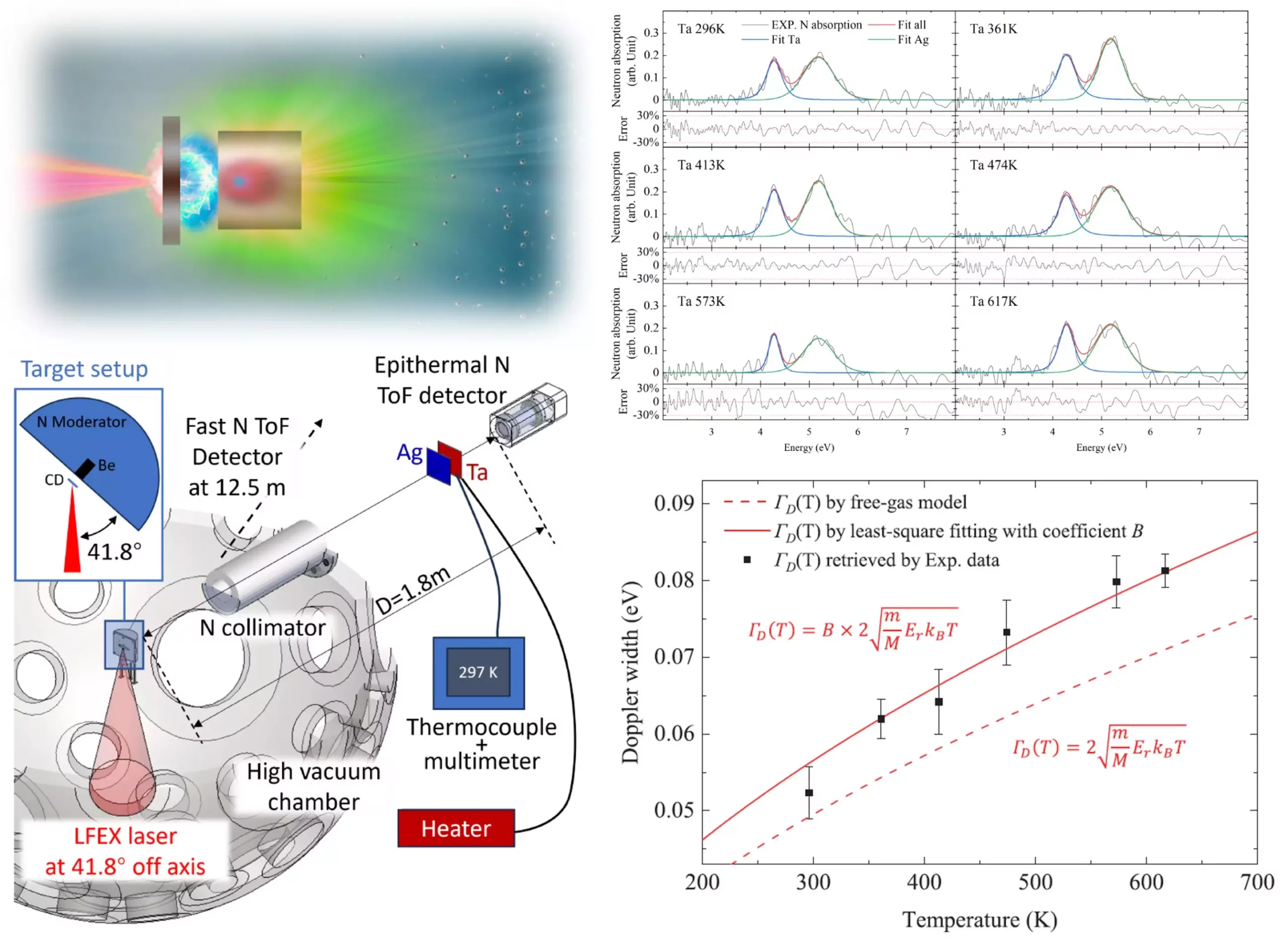As we navigate through the digital landscapes of our technologically driven lives, one cannot underestimate the remarkable role that electronics play. From smartphones cradled in our palms to the powerful computing devices humming in our homes, these electronic civics are intricate machines that rely on a web of components for functionality and efficiency. Yet, a fundamental challenge persists: accurately measuring the temperature of these components to boost their reliability and performance. This issue is not just a technicality but a significant barrier that, if resolved, could lead to breakthroughs in electronic design and function.
The Exciting Breakthrough at Osaka University
Recent advancements led by a team of researchers from Osaka University have opened a thrilling new frontier in temperature assessment, leveraging the unique properties of neutrons. The study employs a cutting-edge method known as neutron resonance absorption (NRA), a technique that promises to provide rapid and reliable temperature readings which have eluded researchers until now. The old adage “time is money” resonates profoundly here, as every millisecond counts when diagnosing and monitoring the performance of electronic devices.
Instead of resorting to cumbersome estimation methods or indirect measurements, this novel approach allows for instantaneous temperature assessments of materials. By utilizing neutrons generated by high-intensity lasers, the team has crafted a sophisticated technique that examines interactions at a quantum level, directly correlating energy absorption by atomic nuclei to temperature changes in the material.
The Science Behind the Success
At the core of this research lies the ingenuity of manipulating neutron interactions. When these high-energy neutrons are decelerated, they undergo resonance absorption with specific atomic nuclei. This nuanced approach allows for the extraction of detailed material properties and precise temperature data, an impressive feat that traditional methods simply cannot match in terms of speed or accuracy.
Through experiments with tantalum and silver plates, the researchers demonstrated their methodology’s efficacy, providing results that reveal not only temperature readings but also critical insights into the materials themselves. By measuring the temporal changes brought on by temperature fluctuations, scientists can observe transitions almost in real-time, a game-changer for industries needing immediate and precise data.
Implications for Electronics and Beyond
The implications of this research extend beyond mere temperature monitoring; they usher in a new era for electronic device development and diagnostics. As explained by Zechen Lan, one of the study’s lead authors, the non-destructive nature of the NRA technique means that electronic devices such as batteries and semiconductors can be continuously monitored without compromising their integrity. This is significant for sectors that demand absolute reliability, such as aerospace, medical devices, and renewable energy technologies.
Furthermore, the compact design of the measurement apparatus, only a tenth the size of its predecessors, promotes accessibility and adoption in laboratories worldwide. No longer confined to specialized research facilities, this revolutionary equipment can empower a broader range of researchers and engineers to participate in advancing electronic efficiency and reliability.
A Quantum Leap Forward
The potential applications of neutron resonance absorption extend into numerous fields beyond electronics. Industries focusing on materials science, chemistry, and even historical artifact preservation might find innovative ways to incorporate this pioneering technique into their practices. The ability to monitor temperature with such precision opens doors to enhancing material capabilities, perhaps unraveling new avenues for creating smarter, more robust materials that harmonize seamlessly with their environments.
These findings lead us to ponder the future trajectory of electronic technology. Could we soon see devices that autonomously adapt their performance based on real-time thermal readings? The leap from theoretical applications to practical solutions will undoubtedly captivate the imagination of engineers and researchers, igniting a spark of innovation that challenges the limits of current technology.
In a world where precision and reliability are paramount, the developments at Osaka University serve as a reminder that continuous exploration of scientific principles can yield extraordinary advancements. Harnessing the power of neutrons for temperature measurement is not just a scientific breakthrough; it is a resonant reminder that even the smallest changes in our understanding can lead to monumental shifts in how we design, create, and interact with technology.


Leave a Reply